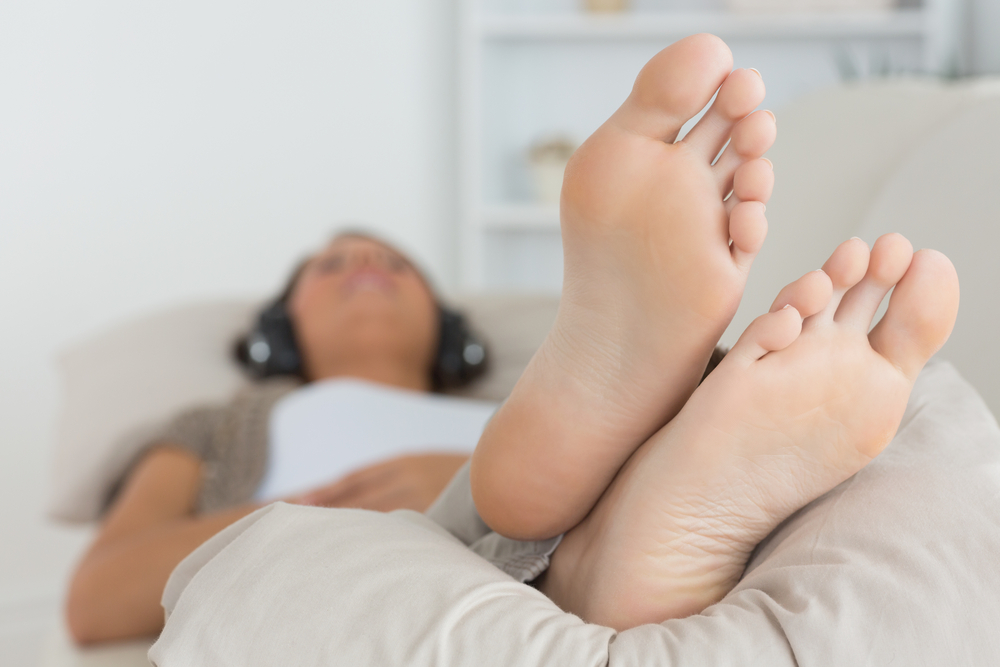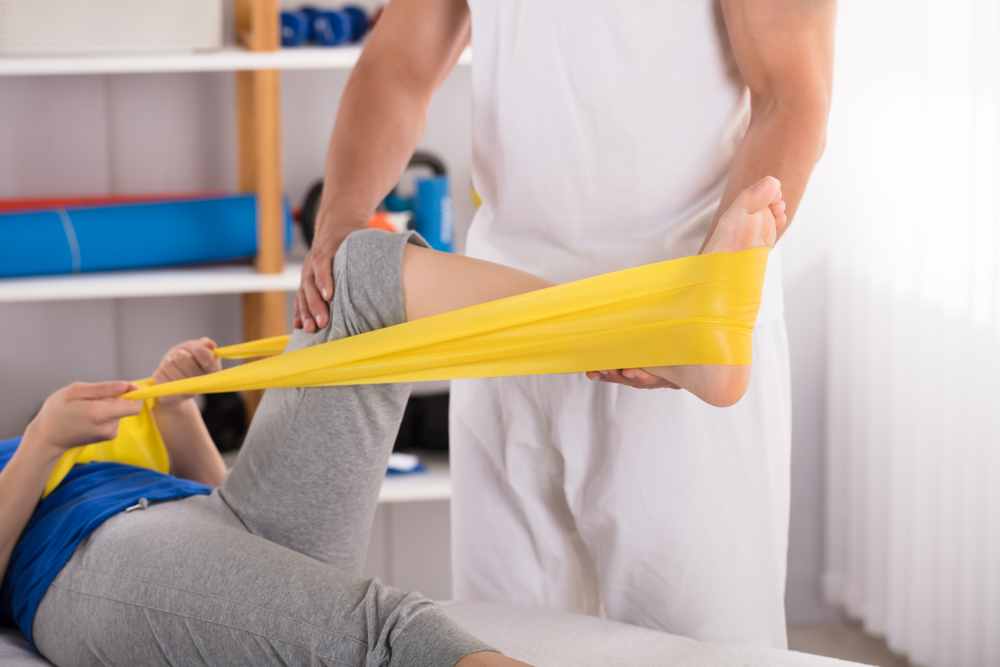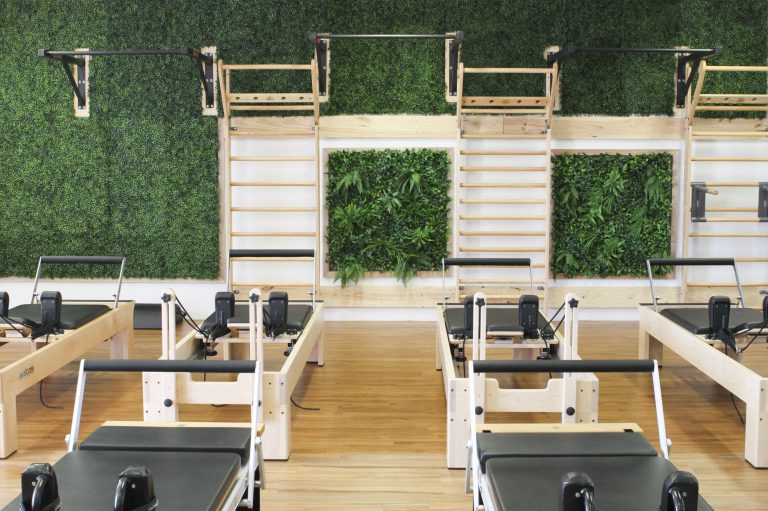Most people are aware of the acronym RICE (Rest, Ice, Compression, Elevation) for acute tissue injury. However, it has been brought to light in recent years that this acronym only focuses on the acute phase (initial few hours to days) of care and rehabilitation1… but what should you do after this initial phase?
This is where the new acronyms PEACE and LOVE come to the rescue! PEACE for the immediate care, and LOVE for subsequent management following soft tissue injury – these contemporary acronyms provide some guidance for continued management along the rehabilitation continuum.1
PEACE
P (Protect)
- Reduce load / restrict movement for 1 to 3 days to minimise bleeding and prevent overstretching of the injured tissue.1
- Rest should be minimised, as too much rest can compromise tissue strength and quality.1
- Use pain as a guide, mild to moderate pain is not to be feared!

E (Elevate)
- Elevate the limb above the heart (in a practical sense). This promotes fluid flow out of the tissue.1

A (Avoid anti-inflammatories; and perhaps ice)
- Anti-inflammatory drugs can interfere with long-term tissue healing.1
- There are currently no high-quality studies showing the effectiveness of ice in soft tissue injuries!
- Use of ice is mainly for pain relief.However, ice could potentially disrupt the inflammatory process by slowing cellular workings.1
C (Compress)
- Compression using physiotherapy tape or bandages helps to reduce swelling and tissue haemorrhage.1

E (Educate)
- An active approach is encouraged!
- Seeking education from your friendly physiotherapist can help steer you in the right direction and help avoid unnecessary medical investigations.1
- Let nature do its job!
Following the initial days, you will be required to give your soft tissues some LOVE.
LOVE
L (Load)
- Movement and exercise are beneficial for most soft tissue injuries!
- Appropriate exercise should be started early and as soon as pain allows.1
- Your physio can guide you through this.

O (Optimism)
- More optimism has been linked to better health outcomes.1
- Catastrophising, depression, and fear have been shown to hinder recovery.1
- So, don’t stress, give it some time – your tissue will heal!
V (Vascularisation)
- Pain-free aerobic exercise should be started ASAP! This boosts blood flow and helps with healing.1
- Examples include – walking, cycling, swimming.

E (Exercise)
- Arguably the most important point!
- Exercises to help restore movement and strength are the cornerstone to effective rehabilitation.1
- Exercise is also important for preventing re-injury!

So next time you sustain a soft tissue injury and you are unsure what to do, just remember to give it some PEACE & LOVE!
Please see your friendly Physiotherapist at Ellenbrook Physiotherapy for help and guidance through these steps to ensure best management.
Mathew McLaughlin
Physiotherapist & Exercise Physiologist
Reference:
- Dubois B, Esculier J-F. Soft-tissue injuries simply need PEACE and LOVE. Br J Sports Med. 2020; 54(2): 3-5.
Link to full-text: https://bjsm.bmj.com/content/bjsports/54/2/72.full.pdf


